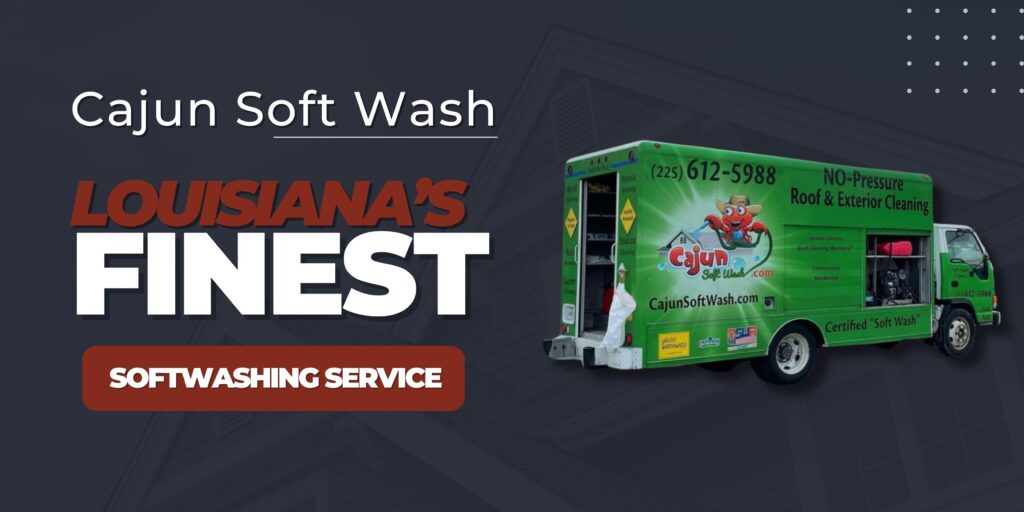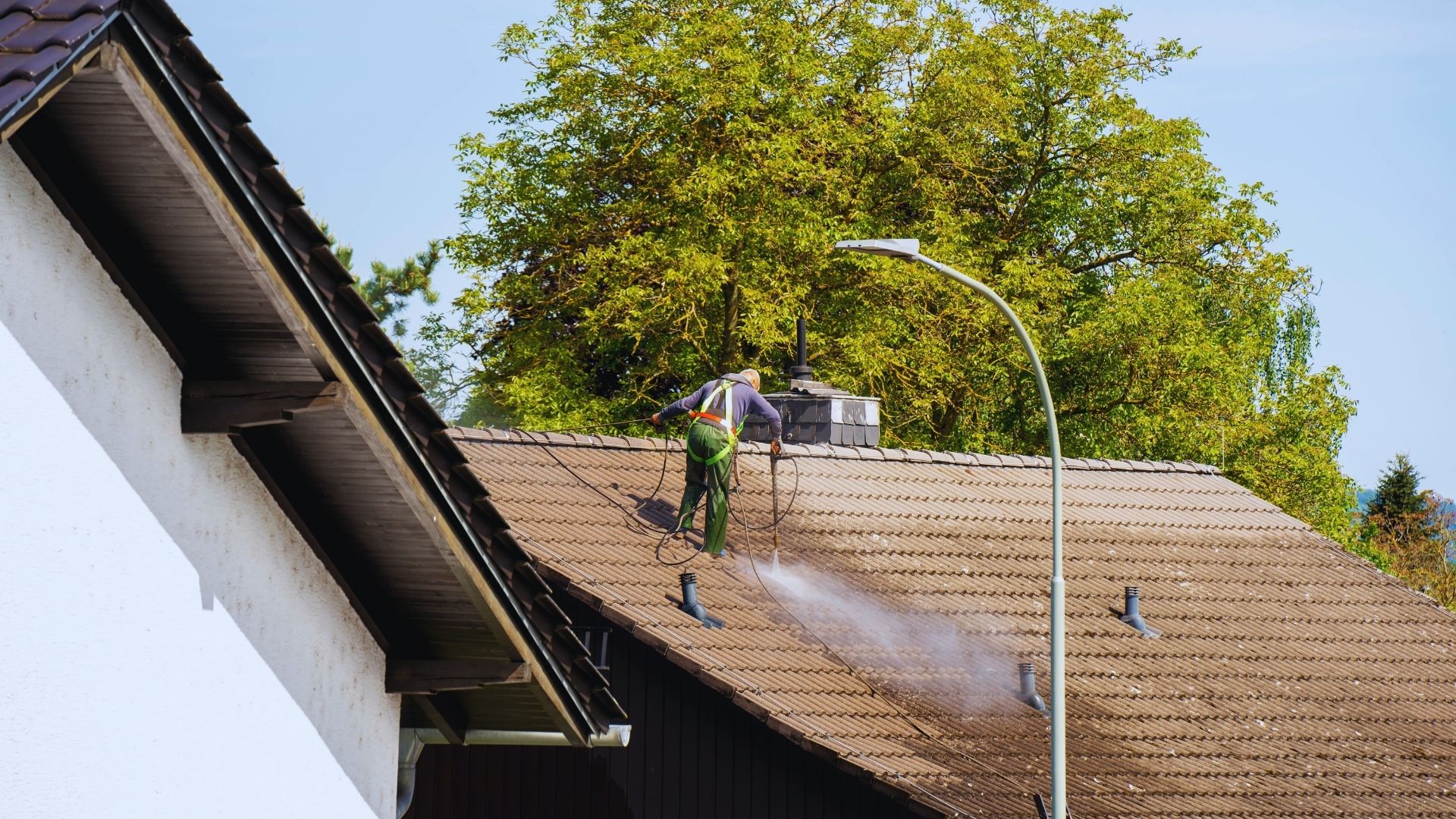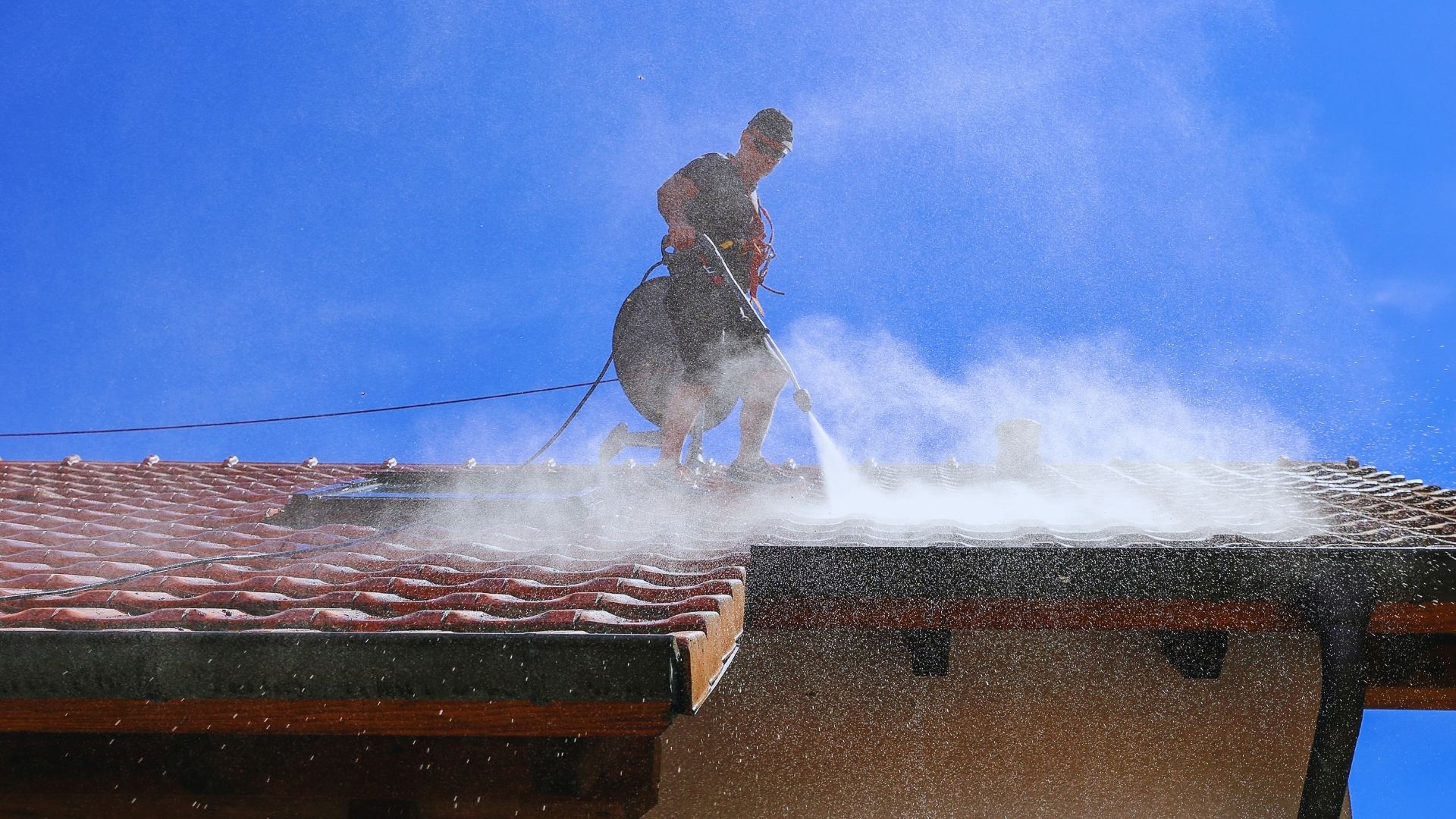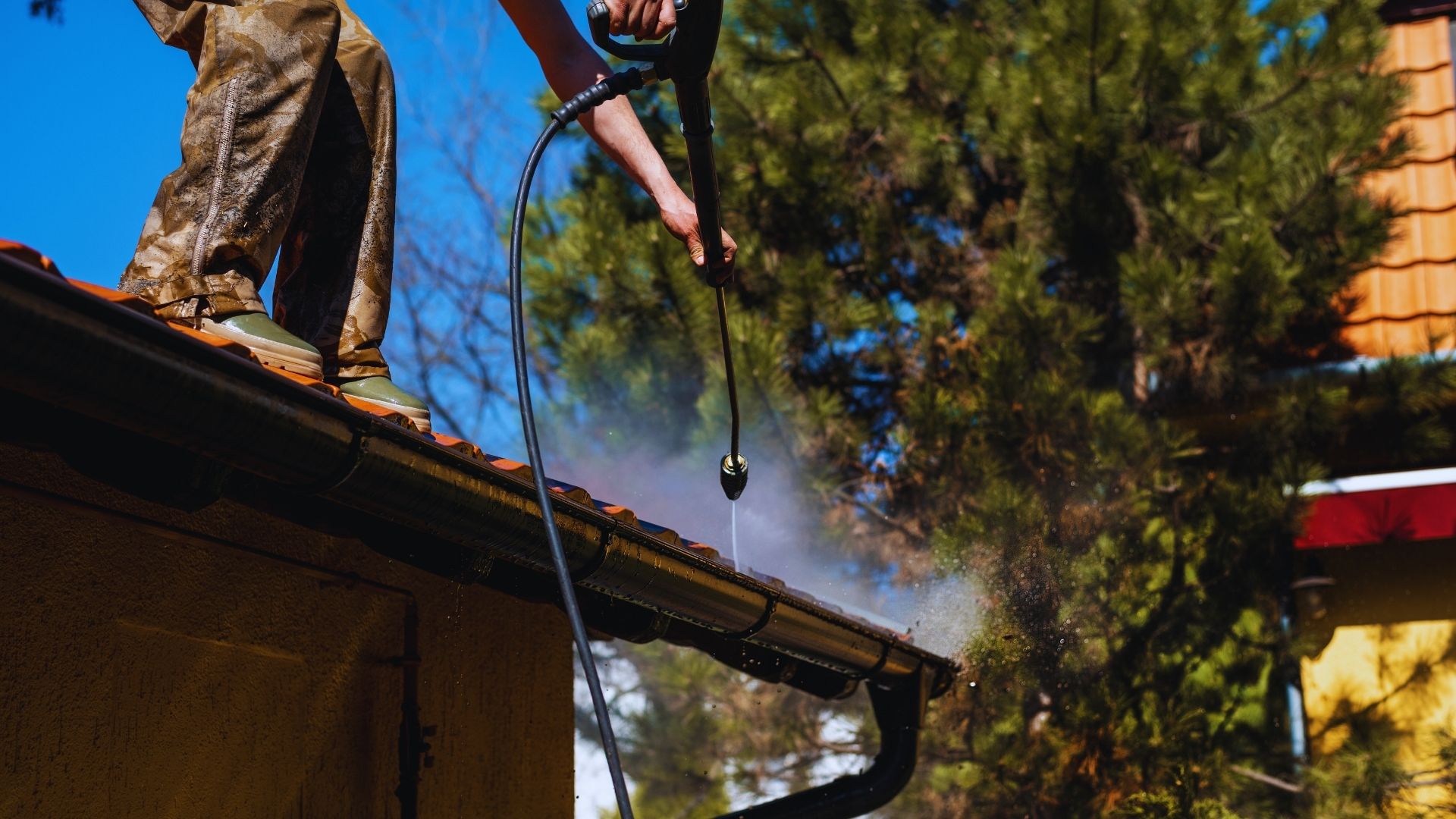Stucco gets dirty fast. Rain streaks, algae blooms, rust drips from gutters – name it, and stucco probably attracts it. The bumpy texture catches everything that hits it, then holds onto stains like they’re family heirlooms.
Most people look at their grimy stucco walls and think about calling professionals immediately. But here’s something contractors won’t always mention upfront: plenty of stains come off with supplies already sitting in most garages. Learning how to remove stains from stucco saves money and keeps homes looking decent between professional cleanings.
Stucco behaves differently than vinyl siding or brick. The porous surface soaks up liquids, and all those ridges and valleys create hiding spots where dirt builds up over months. Some stains need gentle coaxing while others demand serious intervention.
Figuring Out What Stained Your Walls
Walk around the house first. Really look at what’s growing or staining the stucco. Different problems need completely different fixes.
Green or black patches? That’s biological growth – algae, mildew, maybe moss. Shady areas with poor air circulation get hit the worst. Houses with algae on roof shingles often see the same junk spreading down walls.
White powdery stuff looks like someone threw chalk at the house. This efflorescence happens when water brings minerals to the surface, then evaporates and leaves the minerals behind. Sprinkler systems cause this constantly.
Reddish-brown streaks mean rust. Metal fixtures corrode, then stain everything below them. These stains stick around longer than most others.
Plain old dirt and grime just make everything look dull. City houses collect pollution, suburban homes gather dust, and rural properties deal with agricultural residue. Standard commercial stucco cleaning handles most of this everyday buildup.
Gathering Cleaning Supplies
Don’t overthink the tool situation. Basic equipment works for most jobs:
Item | Purpose | Shopping Notes |
| Soft-bristled brush | Scrubbing without gouging | Avoid anything with metal bristles |
| Garden hose | Rinsing and light washing | Multiple spray patterns help |
| Plastic buckets | Mixing cleaning solutions | Have several – don’t cross-contaminate |
| Rubber gloves | Hand protection | Get the heavy-duty kind |
| Plastic sheeting | Protecting plants | Cleaning solutions kill vegetation |
| Basic dish soap | General cleaning | Generic brands work fine |
| White vinegar | Dissolving mineral deposits | Buy the cheap stuff in gallon jugs |
| Oxygen bleach | Killing organic growth | Read labels – avoid chlorine bleach |

Basic Methods for How to Remove Stains from Stucco
Simple Soap Washing
Start here for general grime and light staining. Fill a bucket with warm water, squeeze in some dish soap until it gets sudsy. Dip the brush, scrub a section of wall in circular motions, then rinse with the hose. Work top to bottom so dirty water doesn’t streak down clean areas.
This basic approach handles routine maintenance and matches techniques used in regular how to clean stucco procedures. Many homeowners stop here because soap removes more dirt than expected.
Vinegar Treatment for Mineral Deposits
Mix one part white vinegar with three parts water in a bucket. Brush this onto areas with white chalky buildup. Let it sit 15-20 minutes while the acid dissolves minerals. Scrub lightly, then rinse thoroughly.
This natural method aligns with cleaning stucco with vinegar techniques that many contractors prefer. Vinegar costs less than specialty products and works just as well for mineral problems.
Oxygen Bleach for Organic Growth
Biological stains need something stronger than soap. Mix oxygen bleach according to package directions – typically one cup per gallon of water. Apply to stained areas and wait. The bleach breaks down organic material over 20-30 minutes.
This method helps with situations like black mold on stucco where the growth has really taken hold. Oxygen bleach kills the organisms causing stains instead of just washing away surface dirt.

Rust Stain Removal
Rust needs special attention. Hardware stores sell rust removers specifically for masonry surfaces. Test any product on a hidden area first because some formulations can discolor or damage stucco.
For light rust stains, try making a thick paste with baking soda and water. Spread it over the stain, let it sit for several hours, then scrub and rinse. This gentler approach takes longer but avoids harsh chemicals.
Preventing Future Stains
Stopping problems before they start beats cleaning up afterwards. Fix drainage issues so water doesn’t pool against walls. Redirect sprinklers away from stucco surfaces. Trim vegetation back from walls to improve air circulation.
Learning how to prevent algae on roofs helps with wall problems too, since these organisms spread from surface to surface. Regular maintenance prevents small issues from becoming major cleaning projects.
Quarterly hose-downs remove surface dirt before it penetrates deeply. Annual deep cleaning catches problems early. Some homeowners apply protective sealers, though these need reapplication every few years.
Common Cleaning Mistakes
High-pressure washing damages stucco texture more often than people realize. The finish seems tough but actually scratches and gouges easily. Once damaged, water infiltration causes bigger problems than the original stains.
Wire brushes and steel wool leave permanent marks. Harsh acids like muriatic acid can etch surfaces. When unsure about how to clean stucco exterior safely, choose gentler methods over aggressive ones.
Restoration vs. Cleaning
Sometimes staining penetrates so deeply that cleaning becomes impractical. Widespread discoloration, recurring stains that return quickly after treatment, or surface deterioration might indicate that restoration makes more sense than repeated cleaning attempts.
Professional restoration includes surface preparation, primer application, and complete refinishing. The process costs more initially but provides longer-lasting results than temporary cleaning fixes.

Let Cajun Soft Wash Clean Your Stucco Stain
Dealing with stains that keep coming back no matter what you try? Cajun Soft Wash knows exactly how to handle every type of stucco staining problem. Years of experience mean recognizing what works for each situation and having the right equipment to get results.
Professional-grade cleaning solutions and techniques remove stains that resist household methods. Contact Cajun Soft Wash for expert stucco cleaning services. Get professional results that last instead of fighting the same stains over and over.





